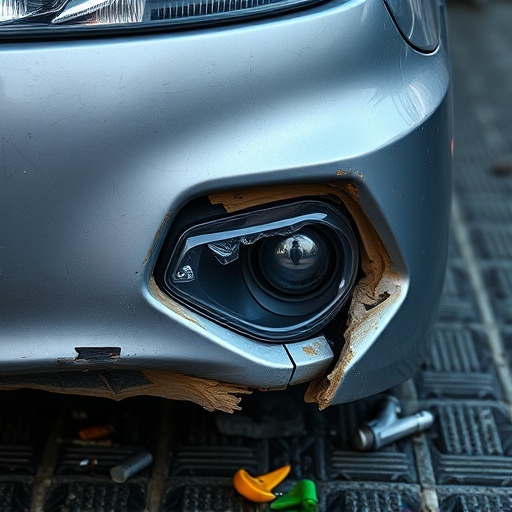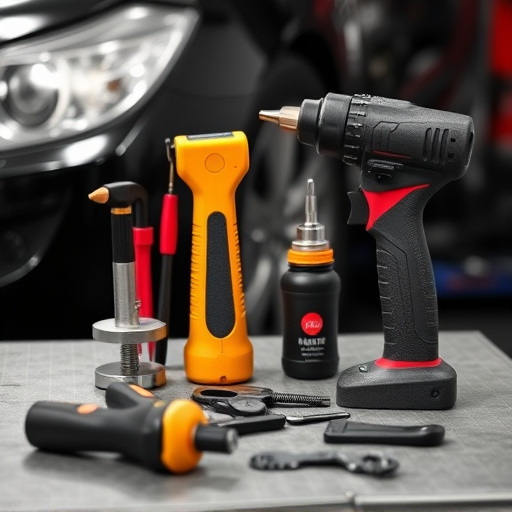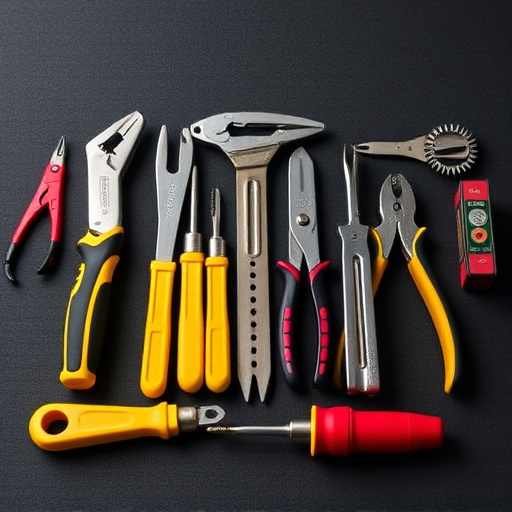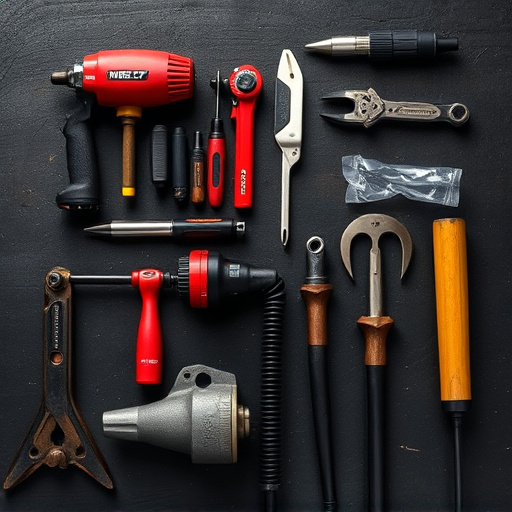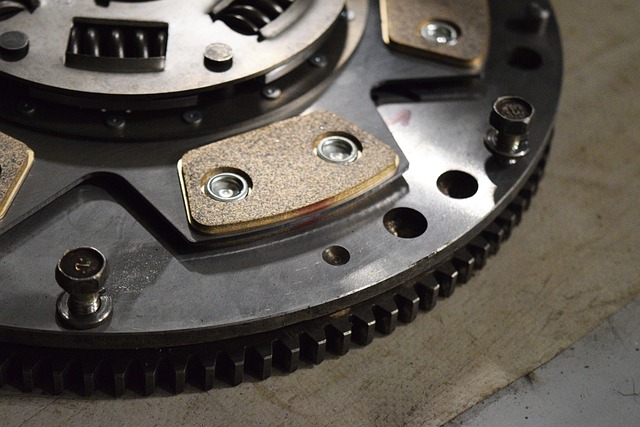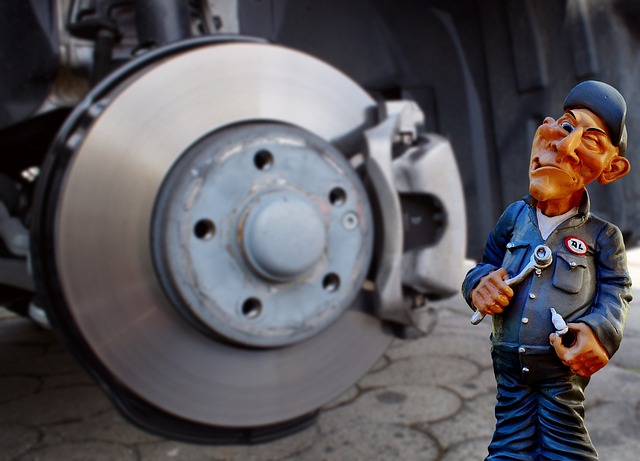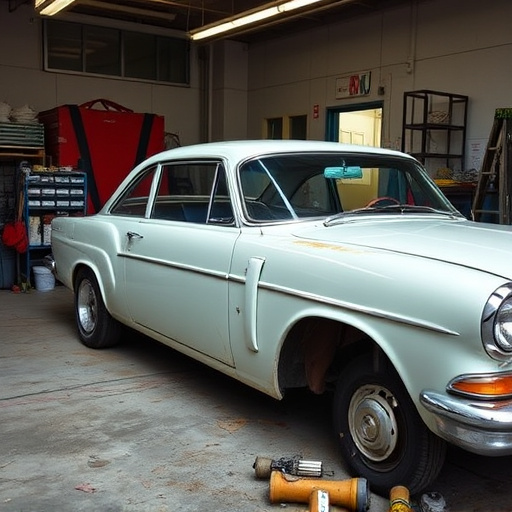When evaluating paint damage for lease returns, the scope of repairs needed varies from touch-up painting for minor issues to comprehensive repainting for severe damages. To determine accurate paint repair costs, closely inspect affected areas, as complexities correlate with expenses. Maintaining vehicle condition during a lease is crucial to prevent unexpected paint repair costs, and understanding lease agreements can help avoid disputes over coverage. A thorough inspection is key in assessing paint repair cost, especially for lease return scenarios, as it determines the extent of needed repairs.
Understanding paint repair costs is crucial when preparing a lease return scenario. This article guides you through the intricate details, from assessing damage to negotiating fees. We explore common types of paint issues, the impact of inspection processes, and how condition reports influence repair estimates. Additionally, we delve into factors affecting cost, including square footage, damage severity, paint type, and labor complexities. Learn effective strategies for managing costs, such as communication with leasing agents, obtaining quotes, considering DIY repairs, and negotiating hidden fees to ensure a fair outcome.
- Assessing Paint Damage: What to Expect
- – Common types of paint damage in lease return scenarios
- – Detailed inspection process and its impact on cost
Assessing Paint Damage: What to Expect

When assessing paint damage for lease return scenarios, it’s important to understand that the extent of repairs needed can vary greatly depending on the condition of the vehicle. Common issues include minor scratches, chips, and dents, which can often be addressed with touch-up painting. More severe damages, such as large dents, rust spots, or extensive peeling, may require comprehensive repainting.
To get an accurate estimate for paint repair cost, inspect the affected areas closely. Minor repairs might involve filling and sanding small dents or chips, while more serious cases could necessitate fender repair or even auto dent repair techniques to straighten and replace damaged panels. Keep in mind that the complexity of the work directly impacts the overall paint repair cost.
– Common types of paint damage in lease return scenarios

When a lease ends, ensuring the vehicle is in good condition for return is essential to avoid unexpected paint repair costs. Common types of paint damage include minor scratches, dents, and chips, often caused by everyday wear and tear or external factors like road debris, parking lot collisions, or grocery cart mishaps. While some of these issues might be addressable with touch-ups, others may require more extensive vehicle body repair, such as sandblasting and complete repainting.
It’s important to note that lease agreements often have specific provisions for damage disclosure and repair responsibilities. Lessors typically inspect the vehicle upon return, comparing it against a detailed condition report from when the lease began. Any pre-existing damage documented in the initial inspection may not be the lessor’s financial responsibility, while new or exacerbated car paint repair issues could incur costs. Understanding these agreements and documenting existing damages beforehand can help avoid disputes regarding vehicle dent repair and paint repair costs at lease return.
– Detailed inspection process and its impact on cost

A thorough inspection is paramount when assessing paint repair costs, especially in lease return scenarios. Auto body shops conduct a meticulous process to evaluate the extent of damage on a vehicle’s bodywork, which often includes identifying minor dents, scratches, and chips, as well as more significant structural issues. This detailed examination influences the final paint repair cost, as it determines whether the repairs are straightforward or complex.
For instance, while dent removal for small imperfections might be relatively inexpensive, extensive body panel replacement and repainting due to severe damage will significantly drive up costs. The complexity of the work required, along with the amount of surface area needing attention, directly impacts the overall paint repair cost, making a comprehensive inspection critical in managing lease return expectations.
When dealing with paint repair costs in lease return scenarios, a thorough understanding of common damage types and the inspection process is key. By identifying issues early and assessing them accurately, lessees can avoid unexpected expenses. Regular maintenance and prompt reporting of damage are essential to minimizing repair costs. Familiarizing yourself with the inspection process and potential charges ensures a smooth transition when returning your lease, allowing you to focus on your next rental adventure.
